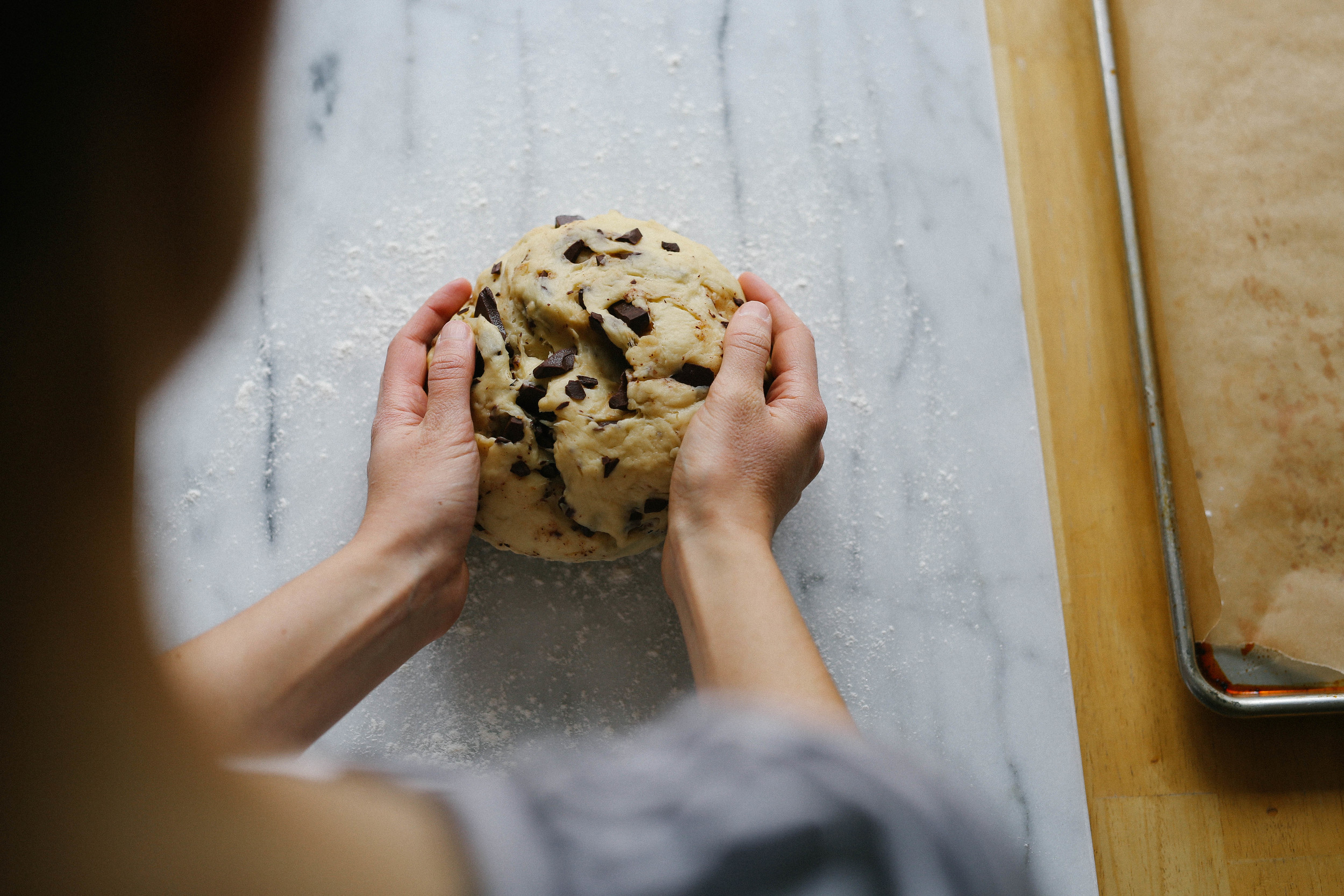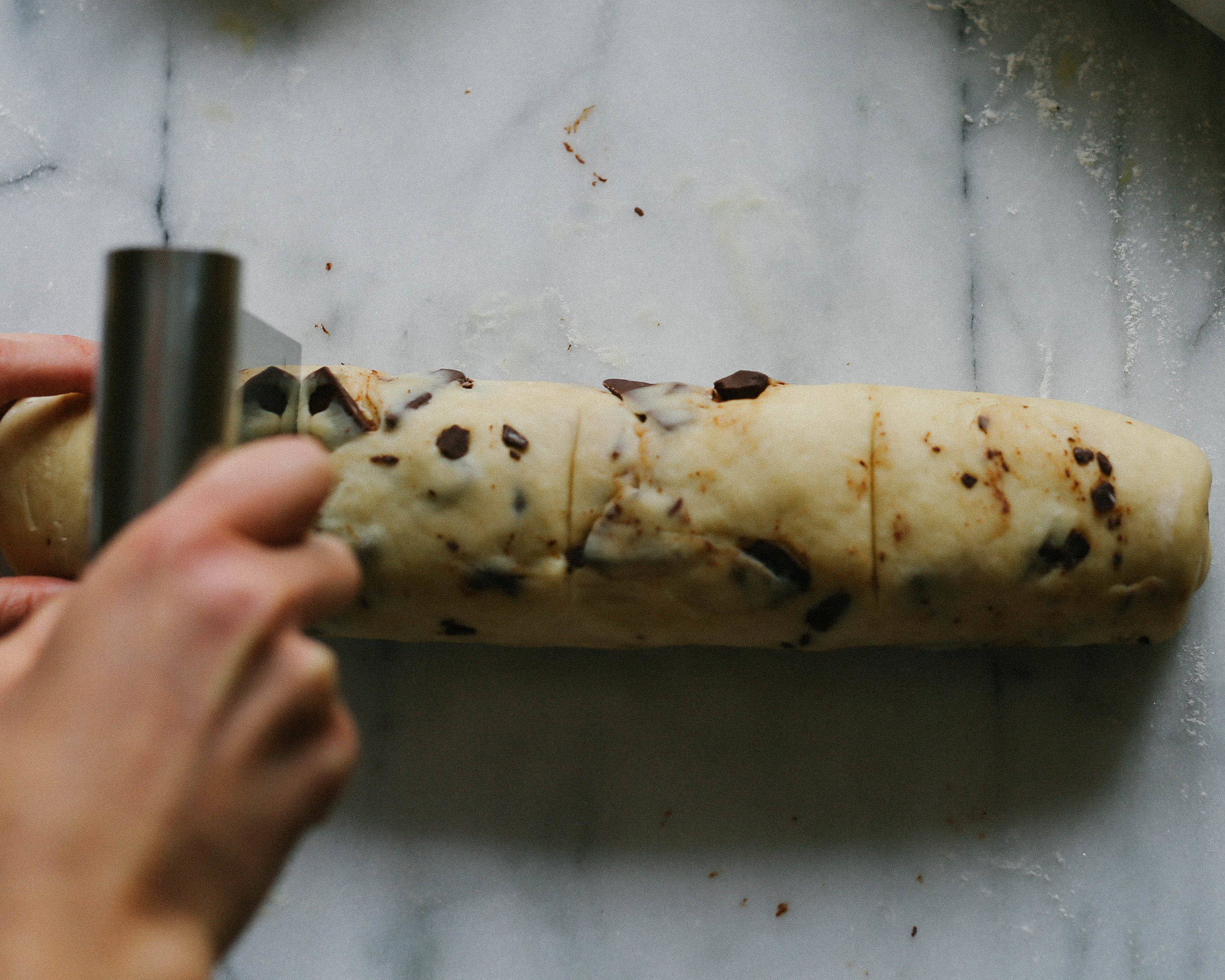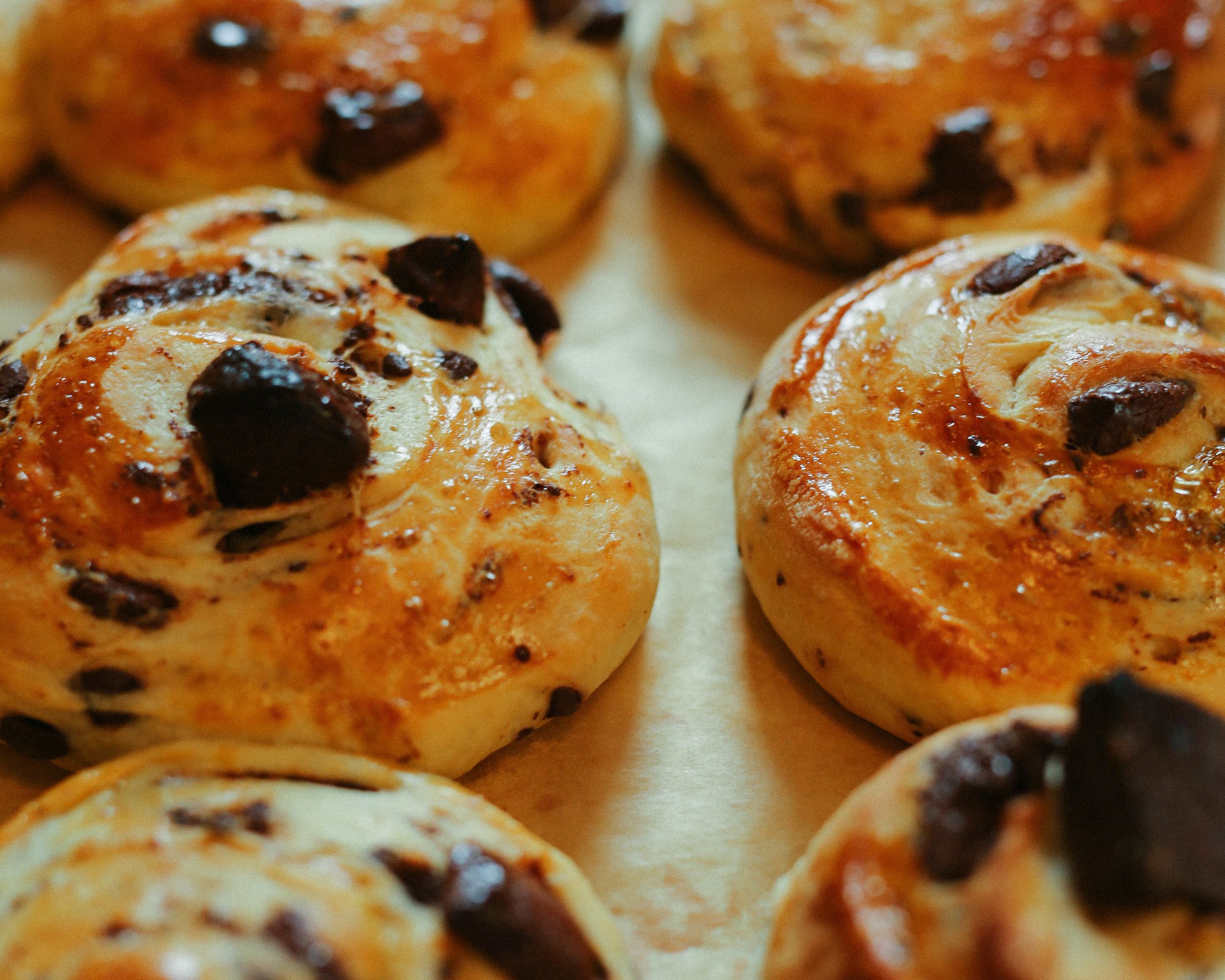I spent two hours the other day attempting to roast sweet potatoes before realizing our oven was broken. I've turned it on a bunch since then, both because I forgot it was broken, and because I was sort of hoping that maybe it was just tired (we've been using it a LOT) and would miraculously start working again. So while we wait for it to be fixed, we're experimenting with the broiler (which is, somehow, still working) and learning that it is great at not only toasting bread and cooking salmon, but also at burning the crap out of sweet potatoes! :)
In all honesty, we've been perfectly fine while ovenless, but then Richard sent me a text with the message "St Patrick's Day work potluck! What should I make/bring?" and I traveled down my mental list of Irish recipes before realizing that 95% of my favorites use (drumroll) the oven. Gah. Of course the big deals of the day, the corned beef and cabbage and potatoes, aren't oven dependent, but the soda bread! The chocolate stout cake! The things that don't require access to a slow-cooker in the office!
I spent the next half-hour diving down a "stovetop Irish recipes" Google hole, and actually found some recipes I had never heard of before (I'm really excited to try making soda farls, which look like wedge-shaped stovetop soda bread). But the dessert thing was bothering me. Ever since my sister introduced me to chocolate stout cake, it's been a highly-anticipated cast member of our St Patrick's Day show. What was the stovetop equivalent of that?
And then I remembered chocolate crepes.
(Before we continue: YES, I realize that crepes are not something that the Irish eat on St Patty's Day, but did you know that most Irish don't eat corned beef for the holiday either? So if we as Irish-Americans (or plain old Americans) are already failing at cultural accuracy, we might as well ride it all the way.)
Our French friend recently told us about putting beer into regular crepes, which seemed like a great idea (especially since we sometimes run out of the milk normally used in crepes, but we rarely run out of beer). And the whiskey that I put in the frosting for the stout cake would be easy enough to add to ricotta to fill the crepes. And the only downside to attempting to translate the cake to crepes, that I could see, was that the recipe would end up being so-so and I'd have to eat chocolate stout crepes for breakfast for the next couple of days.
Such are the sacrifices I make for you all.
As you may have guessed from this post, it turns out that chocolate stout crepes are DELICIOUS. The beer in the crepes and the whiskey in the ricotta give you the same Irish Car Bomb vibes of the chocolate stout cake, but the crepes are most definitely lighter and a surprisingly delightful change of pace. These are also not terribly sweet, so it wouldn't be inappropriate to take them to the next level with some chocolate sauce or hot caramel... or maybe some Bailey's!
If you've never made crepes before, you shouldn't let anything get in your way. I think it's kind of funny that crepes have this reputation as being complex and fastidious, especially when compared to their fluffier counterparts, pancakes. Crepes are easier to mix up than pancakes, they cook in less time than pancakes, they can sit at room temperature without their texture being adversely affected, and they are much more versatile than pancakes. Plus, you probably have everything you need to make them right now! Not to mention that you can drink the remainder of the beer (since you won't use a full bottle) while you cook the crepes, if that helps take the edge off. ;)
makes 8-9 filled crepes - serves 4-8
3 large eggs
2/3 cup stout (or porter) beer, at room temperature
1/3 cup cow's milk or plant milk, at room temperature
1 cup all-purpose flour
1/4 cup cocoa powder
2 tablespoons sugar
1/2 teaspoon kosher salt
1/2 teaspoon vanilla extract
2-3 tablespoons unsalted butter, cut into thirds, then cut into thirds again (so you have 9 pieces), plus more if needed
To serve:
Whiskey Ricotta (recipe follows)
Cocoa powder
Have a plate ready with a clean dishtowel laid over it.
Combine all of the ingredients (not including the butter) in order in a blender or large bowl, and blend or whisk thoroughly to combine (combining them in order helps keep pockets of flour from forming at the bottom of the bowl/blender).
Heat a crepe pan or small, nonstick frying pan over medium heat. Add a piece of butter, and swirl it around to evenly coat the bottom and sides of the pan. Pour a generous 1/4 cup of batter into the pan, and, using your wrist, immediately swirl around the pan so the batter forms a thin, even coating. Cook for 2-3 minutes, or until a nonstick spatula can easily slip beneath the crepe. Lift the crepe up from the pan, and flip it over, and let cook on the second side for 1-2 minutes more. Remove the cooked crepe from the pan and set aside on the prepared plate, and cover with the dishtowel to keep warm.
Note: your first crepe will likely look a little sad (mine did) and be the place where you start to get your pancake-making chops back and/or figure out if your pan is at the right temperature... or perhaps you will have a stroke of luck and it will turn out perfectly! But this is where the "8-9" crepes part comes in, because you never know how things are going to go with that first one. Don't be discouraged, and don't be afraid to practice.
Continue with the remaining batter, placing additional crepes under the dishtowel, until all of the crepes have been cooked. Fill and serve immediately, or place in a covered container and refrigerate for up to 3 days.
To fill your crepes: place a crepe on a plate, and fold in half, then fold in half again. Gently lift up the top layer of the crepe to create a pocket, and spoon 2-3 tablespoons of whiskey ricotta inside. Place the filled crepe on a serving dish. Repeat with the remaining crepes and ricotta until all are filled. Dust with cocoa powder and serve.
3/4 cup basket drained ricotta
3/4 cup Greek yogurt (full or low-fat)
1/4 cup sugar
1 1/2 teaspoons vanilla extract or vanilla bean paste
1-2 tablespoons whiskey, or to taste (I don't like my whiskey flavor to be too strong, but you might like it to be stronger)
Place the ricotta, yogurt, sugar, and vanilla in a medium bowl, and whisk together thoroughly. Add the whiskey one tablespoon at a time, whisking and tasting after each addition, until the mixture is at your desired level of booziness.
Use immediately, or refrigerate for up to 3 days.































